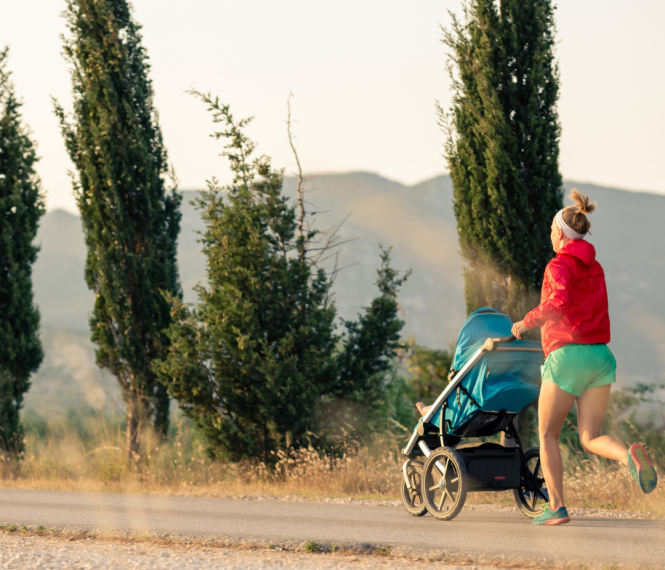Fit Together Postnatal Fitness Guidelines
Congratulations on your new arrival! Welcoming a baby into your life is a joyful and transformative experience, but it can also bring about challenges, especially when it comes to finding time for self-care and fitness. As you navigate this new chapter, we want to help you ease back into a fitness routine that feels right for you.
Why it's Important to Get Moving
After pregnancy, many parents find themselves eager to regain their strength and energy. Regular physical activity can have a positive impact on your physical and mental well-being. Here are a few benefits of getting back into fitness:
- Boosts Mood: Exercise releases endorphins, which can help combat postpartum blues and promote overall emotional well-being.
- Enhances Energy Levels: Though it may seem counterintuitive, engaging in physical activity can actually increase your energy and stamina, making daily tasks easier.
- Strengthens Core and Pelvic Floor: Targeted exercises can help rebuild your core strength and support pelvic floor recovery, which is vital after childbirth.
- Encourages Routine: Establishing a fitness routine can create a sense of normalcy in your life, providing structure amid the beautiful chaos of parenting.
When to Ease Back Into Fitness
If you had a vaginal delivery, The SOGC (Society of Obstetricians and Gynaecologists of Canada) recommends letting fatigue be your guide. Your lochia (post partum bleeding) should be complete or minimal. This may be anywhere from 2 weeks to 2 months postpartum. If you had a caesarean, the SOGC recommends waiting for your healthcare provider’s approval at your 6 week post surgery assessment. It is important to remember that postpartum recovery is day by day. If you have not had enough sleep to exercise safely or if your baby needs you more than usual, it may be better to take a day off.
PAR-Q
For your safety and comfort, you should complete our online intake form including the Physical Activity Readiness Questionnaire (PAR-Q) before easing back into fitness.
Guidelines
The definition of a beginner is 3 or more months of inactivity in a specific type of fitness, like cardio, muscular endurance or flexibility. Take the time to calculate when you last exercised. How many weeks or months has it been? Even if you were very active 3 months ago, you need to ease back into fitness as a beginner. Not doing so may result in injuries, reduced energy or frustration. If you are a beginner you should start with the lowest frequency, intensity and time.
The F.I.T.T. Principle for Cardio, Strength Training and Flexibility
Cardio
Frequency: Working towards most days of the week
Intensity: Target Heart Rate for your age. RPE 10-14. Talk Test.
Time: 15+ minutes, add 2 minutes/week. Goal is 150 minutes/week.
Type: Choose something you enjoy and that makes you feel energized. While baby is young, consider baby-friendly options so that you can attend to your baby's needs at any time.
Strength Training
Frequency: 2-3 days a week.
Intensity: Muscular Endurance.
Time: 1-3 sets, 10-15 reps.
Type: Focus on areas that need strengthening for postpartum recovery and parenting tasks. For example, a strong mid back will assist in relieving neck strain and slumped posture. A strong core will help to relieve lower back ache and improve self esteem.
Flexibility
Frequency: Most days of the week. After each exercise session.
Intensity: To comfort.
Time: Hold stretches for 30-60 sec.
Type: Stretch warm muscles only. Focus on areas that become tight due to parenting tasks. Ex. Stretch chest muscles because they become tight from feeding, holding and carrying baby.
Pelvic Floor Readiness
It is recommended you screen yourself for pelvic floor readiness and/or see a pelvic floor physiotherapist before starting high impact exercise like running, jumping jacks or moves that cause pain or leaking.
Looking for the best class for you? Check out our blog post "Choosing the best class for you and your new baby"


